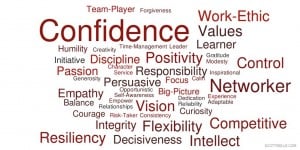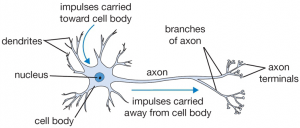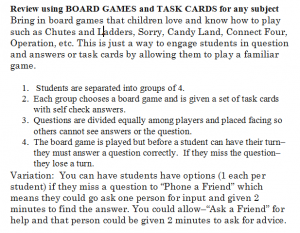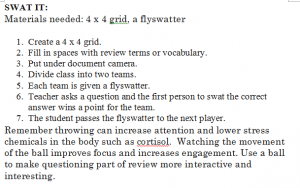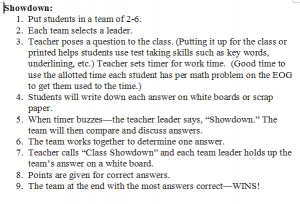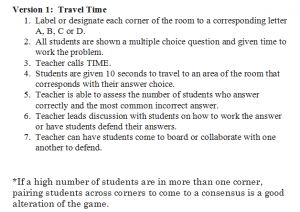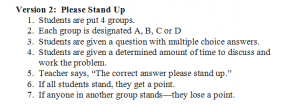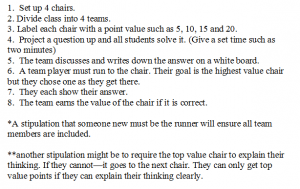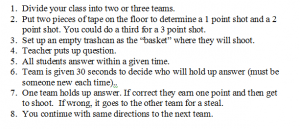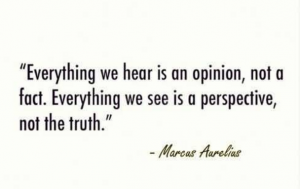As I watched the news recently, I pondered my earlier question in a previous post: How can two people see, hear or experience the same event or conversation and walk away with a completely different perspective.
Denis Waitley said, “You must look within for value, but must look beyond for perspective.” To me this is powerful because it reminds us that we must look beyond ourselves and how we think to find perspective beyond our own. Looking within ourselves shapes how we value the event or situation we are experiencing or watching.
Our views are shaped by our experiences, preferences, values and relationships. We do not realize how these factors affect our view but they do because they often veil the outcome in some way.
It is important that we, as adults, step back and think through events to truly see where the truth or facts lie. It is tough because we know how we feel and what we BELIEVE should have happened and therefore the events are often exaggerated when they do not meet our value system or we down play if they do.
Whether it is a political, moral or other passionate event, situation or idea—we are so invested in our own value—we struggle to step back to see ways others might be approaching or thinking of the situation.
As educators, we must remember, when we interact with others we are teaching it to our students. Discussing ideas in a civil manner helps us to become a more tolerant and open minded person. This does not mean you have to believe as someone else does. You must be able to look past your own beliefs to see others may have a different perspective.
Aristotle shared this idea, “It is a mark of an educated mind to be able to entertain a thought without accepting it.” Is it not this type of thinking we want our students to possess? A person who can listen, consider and think about an idea but look within themselves to determine the value they want to equate with the idea. This is a sign of not only an educated mind but an open one that can think beyond their own perspective.
As a history teacher, I loved having my students’ role play different people in history to see a situation from their eyes. One of my favorite activities, when studying the American Revolution, was to assign them a person in history. For some, it was someone famous like Patrick Henry or Thomas Jefferson. For other students, it may be a farmer, slave, merchant, ship captain, etc. They would be asked to think from that person’s perspective to decide whether they would have sided with the Patriots or stayed loyal to the King. Of course, everyone at first thought they would be a Patriot. After stepping back and thinking about a wealthy merchant, with family in England, dependent on the goods from England to sell—would you really side with the Patriots? Powerful to think through the eyes of another–such as the soldiers during the Boston Massacre–were they guilty, victims or just in the wrong place at the wrong time? Students’ thinking as someone else helps them develop the understanding that there is more than one side to every story.
Take time this school year to emphasize the need to look at an event or idea from more than one perspective. How?
- Role Play social situations or historical events
- Diary entries from various perspectives of an event. Ex. Write a diary entry from a first class passenger on the Titanic. How would that diary entry be different if you were a third class passenger? Another example, write a diary entry as Rosa Parks. How would the bus driver’s perspective of the event be similar or different? What feelings might be different?
- Write poetry from an alternate speaker. For example, write a poem about autumn from a squirrel’s point of view. How would a maple tree’s perspective be different?
- Using a story you are reading, have students define the problem and how it was solved. Discuss how would a different character solve it? Why? Was everyone happy with the solution? Did everyone think the problem was negative?
The world we live in is full of ideas, history, values, experiences and opinions—my hope is that we expose our students to many ideas and MOST OF ALL the ability to step back and think about why someone else might see or think something different. Push students through activities and questioning to think differently—not to change their opinions but to acknowledge that others do think differently. It is important for us to emphasize that listening and considering someone’s idea does not mean you agree with it BUT you understand that someone else feels or sees something different.
